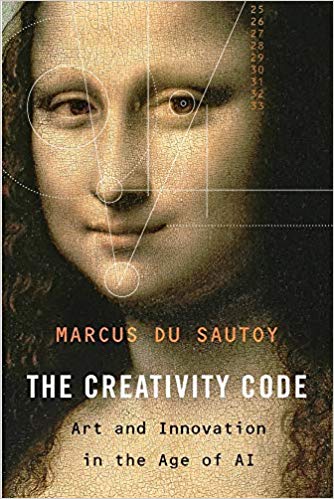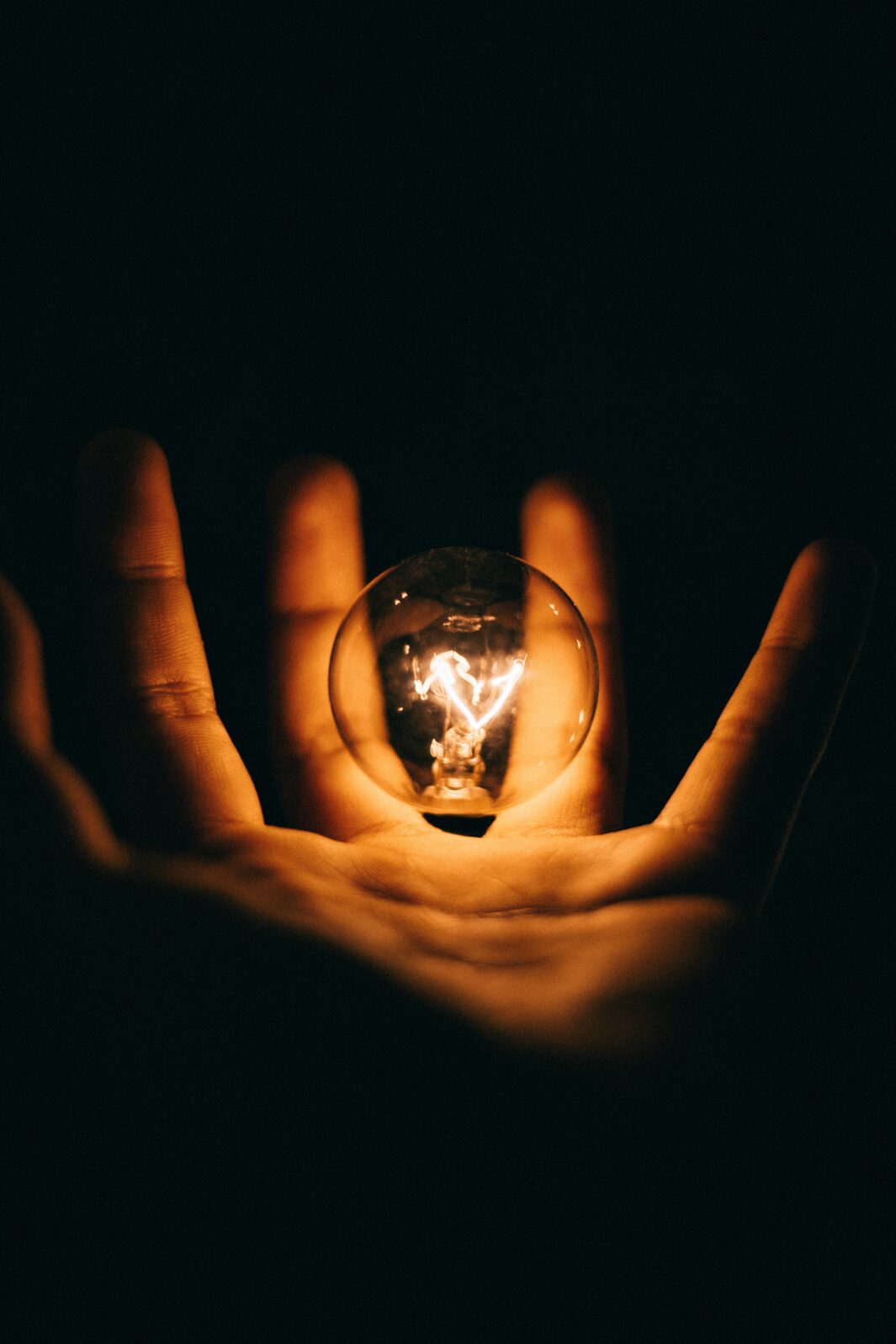Why AI Fails To Actually Create Things
Only one of the traits du Sautoy suggests is an essential part of creativity
In my previous post, Why AI appears to create things, I took issue with Marcus du Sautoy’s assertion at New Scientist that AlphaGo—Google’s Go-playing AI—demonstrated creativity. Du Sautoy is the Simonyi Professor for the Public Understanding of Science, a position previously held by the well-known Richard Dawkins.
In this post, I propose to provide a bit more background by exploring what creativity means. In a final post, we’ll consider whether an artificial intelligence—as we presently understand it—can ever be authentically creative, as the professor hopes.
First, how do we recognize creativity? What traits separate the creation from the copy? Du Sautoy offers four that, he believes, trace the outlines of a creative endeavor: Novelty, surprise, value, and independent originality. But do these traits capture what is, or is not, creative? And, if not, what does?
Allow me to first admit that I cannot, to everyone’s—or even my own—satisfaction, define creativity. Many books attempt to do so, including du Sautoy’s own The Creativity Code: Art and Innovation in the Age of AI, from which his New Scientist article draws. A short post will not succeed where entire books fail.
However, I believe that only one of the traits he suggests is an essential part of creativity. That is, work that we know is creative can lack some of the traits he lists and work that we know is not creative can have them.
In addition to jazz piano (and music more generally), I have formally studied writing, photography, graphic design, and drawing. I have also created hundreds of thousands of lines of code as a software engineer—a highly creative activity. Creativity feels like a close friend.
Let’s press my creative writing through du Sautoy’s sieve. The essays I wrote for my classes were neither novel nor surprising, and they were of questionable value—the in-class critiques were clear on this. Yet, I had created them. I did not copy. I conceived and wrote each essay on my own. Their insights (however dim) belonged to me. My creations lacked the first three traits du Sautoy identifies. Nor is my experience unique—I shared it with my classmates as we learned to write.
I agree with du Sautoy that creative work may be—perhaps should be—novel, surprising, and valuable. But it is not necessary for creative work to have those traits. Nor are all novel, surprising, and valuable things creative. AlphaGo’s move 37 in game 2 against Lee Sedol was surprising but not creative. A badly composed painting can be banal yet creative.
The value of creative work fluctuates with mood and memory. Vincent Van Gogh’s contemporaries, as an example, considered him a madman and a failure. He died in poverty.
Du Sautoy’s fourth trait—“originality of a truly independent nature”—is a useful part of the definition of creativity. It is, however, the one trait that he admits is missing from AI’s “creative” attempts:
But something fundamental is still missing: intentionality. What is driving the AI to blurt out a creative product? A human. Marcus du Santoy, “True AI creativity is coming and will reveal the minds of machines” at New Scientist
He recognizes that present AI displays the creativity of its creators and not that of a machine-based intelligence.
Creative works can be conventional, dull, and worthless. But they must embody the intention or message of their creators. Mere slapdash is not creative (even Jackson Pollock worked at his paintings). To create, an AI must be capable of both forming intentions and creating output expressing them. And it is not doing that now.
This raises one more question, which we’ll look at in my next post: Will AI ever be able to express an independent intention?
Also by Brendan Dixon: Why AI appears to create things When AlphaGo made a winning move, it exhibited no more creative insight than when it played pedestrian moves
and
The underwhelming creativity of AI
Also: Creativity does not follow computational rules
